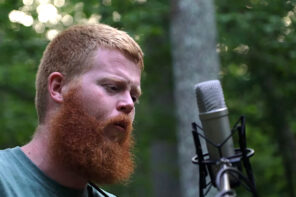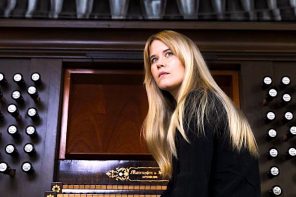The third iteration of the National Congregations Study, led by Mark Chaves and Shawna Anderson, was released last week and picked up on by the New York Times yesterday. It’s a fairly large study, looking at 1,331 U.S. congregations from a variety of traditions.
Kudos especially for their attention to practices instead of just asking people what they believe. They found that ethnic diversity is on the rise, and that more and more churches are welcoming gay and lesbian people, both as members and in leadership roles.
One of the key findings, which tickled the Times reporter, was that worship has become more “informal.” Of course one can only mark this against something “formal,” and which is clearly another way of referring to white Protestant and Catholic churches. Thus, have choir singing and printed programs been down in recent years. The informal is the new normal.
Informality was marked by raising hands, jumping and dancing, speaking in tongues, using video projectors, and playing drums. The last one caught my eye.
Drums are among the most widespread religious instruments in the history of the world. In South Asia, the great Shiva plays one in his role as Nataraja, “Lord of the Dance.” The deity “Universe” plays one at the beginnings of creation in Siberian Koryak mythologies. And they show up in ancient Chinese and Native American traditions at the beginnings of the earth.
Which is to say nothing of the myriad religious rituals in which drums are played, from Tibetan Buddhist to Muslim Moroccan to Pakistani Qawwali to many Hindu gatherings. Perhaps none are as engaging as what is seen and heard in the Ethiopian Orthodox church’s use of the kabaro. Here the drums are one of the most sacred dimensions for Christians and present in all major worship services.
In reality it’s the Christian European tradition, and much of Judaism, that hasn’t used drums, which leads us label them as “informal.” I discuss a number of the reasons for that in my recent book A History of Religion in 5 ½ Objects (see excerpt here), one of which is that as European Christians colonized much of the world they found people playing drums. Since these “other” communities could not possibly have true religion, drums must be associated with false or heathen religions. A history of Christian colonization and missionization becomes also a history of destroying drums.
So, maybe these new practices among congregations are telling us something more. Maybe “ethnic diversity” and the “playing of drums” are not actually different categories, but two ends of the same drum.




